Nine miles north of Eugene, a project that could affect the future of farming and solar energy production in the Willamette Valley is taking place.
The South Korean company Hanwha Qcells is petitioning the Oregon Energy Facility Siting Council to build the “Muddy Creek Energy Park,” but local citizens and farmers have serious concerns about its environmental impact and the future of the Willamette Valley.
If completed, the park would be the largest solar farm in the Willamette Valley, encompassing a proposed 1,588 acres along Gap Road between Brownsville and Harrisburg. According to Qcells’ website, the Muddy Creek solar farm has the potential to supply green energy to up to 34,000 homes and bring in 100 union construction jobs.
However, some local farmers and residents are resistant to the proposal. They say that the project will substantially hurt the environment and ruin the rare and valuable farmland on which it is projected to be built.
David Rogers is the spokesperson for “Friends of Gap Road,” a community group that formed in opposition to the project. Rogers said that if the project succeeded, the land would be irreversibly altered and could never be valuable farmland again, should the site be decommissioned.
“They are going to have to pour concrete pilings for the panels. And to do this, they’re going to have to dig up and mix the clay with the topsoil,” Rogers said. “Once it’s mixed, you can never, you can never separate it. So this is never going to go back to it will never go back to farmland once this happens.”
In the first and currently only Muddy Creek Public Information Meeting hosted by the Oregon Department of Energy in July 2023, Assistant Director for Siting at Oregon Department of Energy Todd Cornett addressed a portion of this issue.
“In their [Qcells’] application they have to submit to us how they’re gonna decommission the facility,” Cornett said. “This application will also include a bond fully-funded by Qcells of how much decommissioning will cost, so that when the time comes the money is there to ensure that happens.”
Cornett also said that there will also be a “condition that says at the end of the useful life of the facility they [Qcells] will return the site to a useful non-hazardous state.”
One of the concerns expressed by Rogers and Friends of Gap Road is that the decision on whether the project will proceed does not lie in the hands of local elected officials, but rather in that of the Oregon’s Energy Facility Siting Council, appointed by the governor.
Should the Muddy Creek project be eventually approved by the Siting Council, it could set a precedent in Oregon of converting high-value farmland into industrial solar farms.
For farmers such as Rogers, who farms 750 acres of land just 4 miles north of the proposed project site, that sounds like a nightmare.
“I’ve been here 50 years so I watched what happened to my beloved Northern California,” Rogers said. “If this project goes through, and they’re able to make this go through, I’m afraid we’re going to see this [industrial solar farms] all the way up the valley from here to Portland.”
The Muddy Creek site is currently being leased to Qcells by what Rogers said is “a lot of absentee landowners.” Before any application can be submitted to the Siting Council, a two-year study mandated by the Oregon Department of Fish and Wildlife must take place.
“We get hundreds of thousands of ducks and geese migrating through this area,” said Rogers. “Annual ryegrass [which grows on the planned project site] is one of the reasons ODFW wants to do a study, because a threatened species called the [Streaked] Horned Lark…loves to nest in annual ryegrass fields.”
Rogers wants to make it abundantly clear that neither he, nor the Friends of Gap Road, are against solar energy. Rogers said, “We [Friends of Gap Road] are absolutely not against solar power, not against changing over to solar. Our rub is it shouldn’t be done on farmland.”
The next time the public will get to speak on the Muddy Creek project will be after the Siting Council accepts the application, which does not seem to be anytime soon as first the two-year study must be completed.
In the meantime, Rogers said that the Friends of Gap Road intends to lobby the Oregon State legislature in the upcoming 2025 session to shift the decision away from the Siting Council’s jurisdiction.
The next meeting of the Friends of Gap Road will be after the “fall harvest gets in,” according to Rogers. “As you know, a lot of our members are farmers.” Rogers said this would most likely be within the next five weeks.
The Emerald reached out to Hanwha Qcells repeatedly for this story, but did not receive any response.
Editors note: This article has been edited to properly reflect the comparative size of the solar park and jurisdictions.




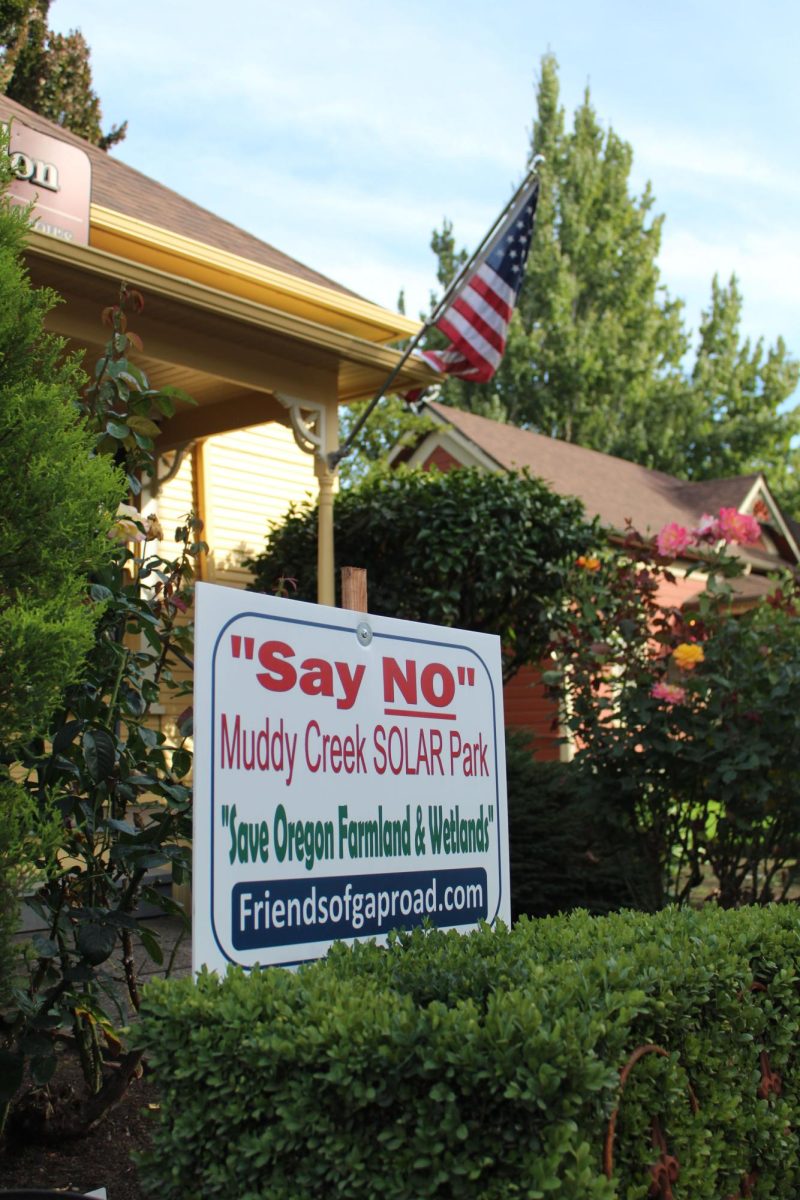

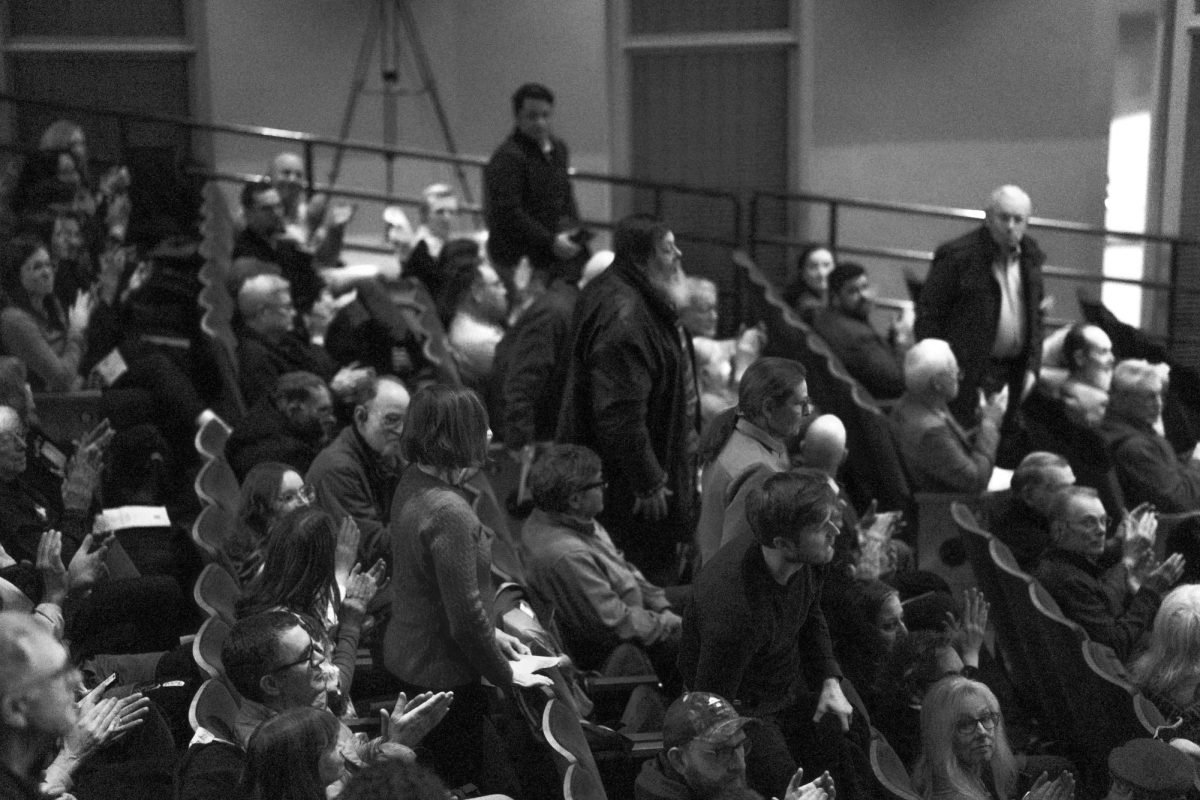


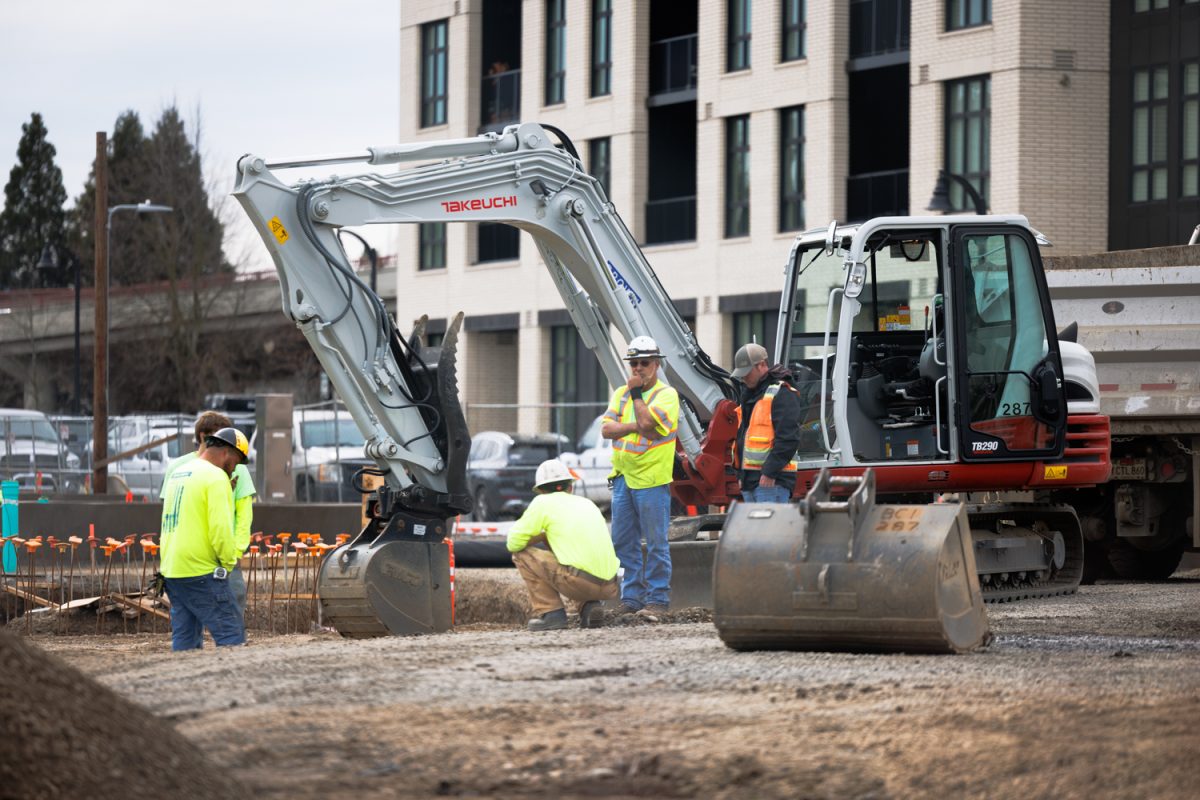
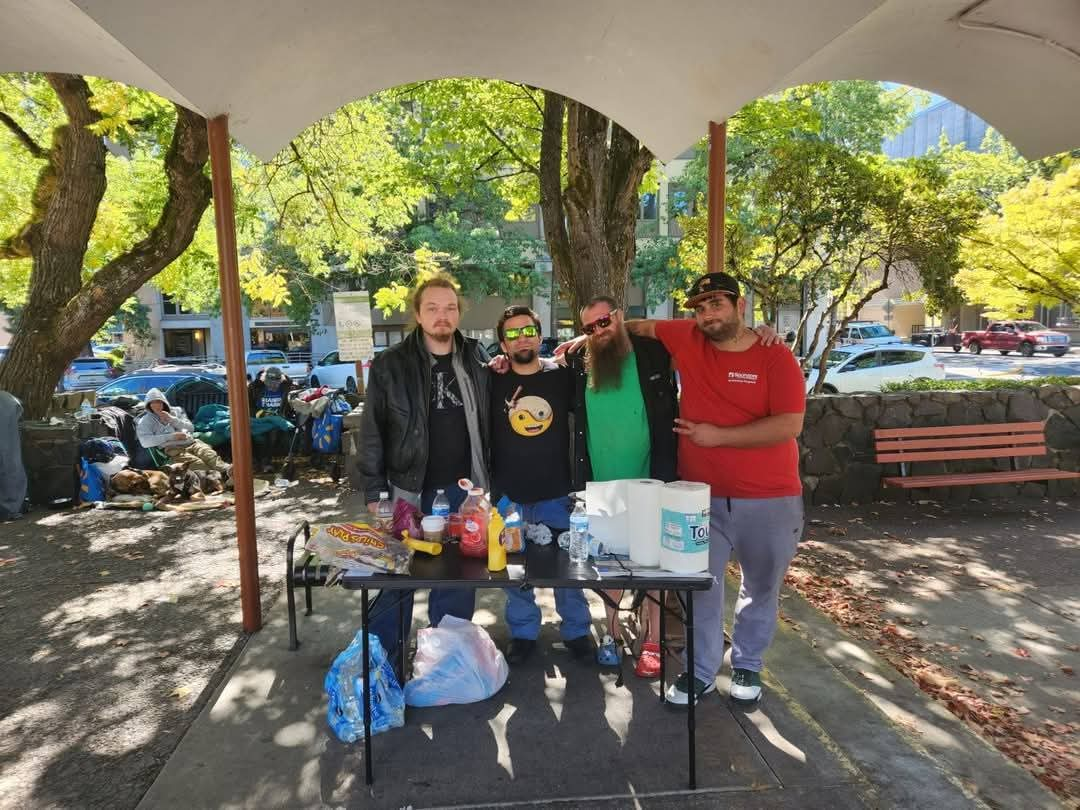
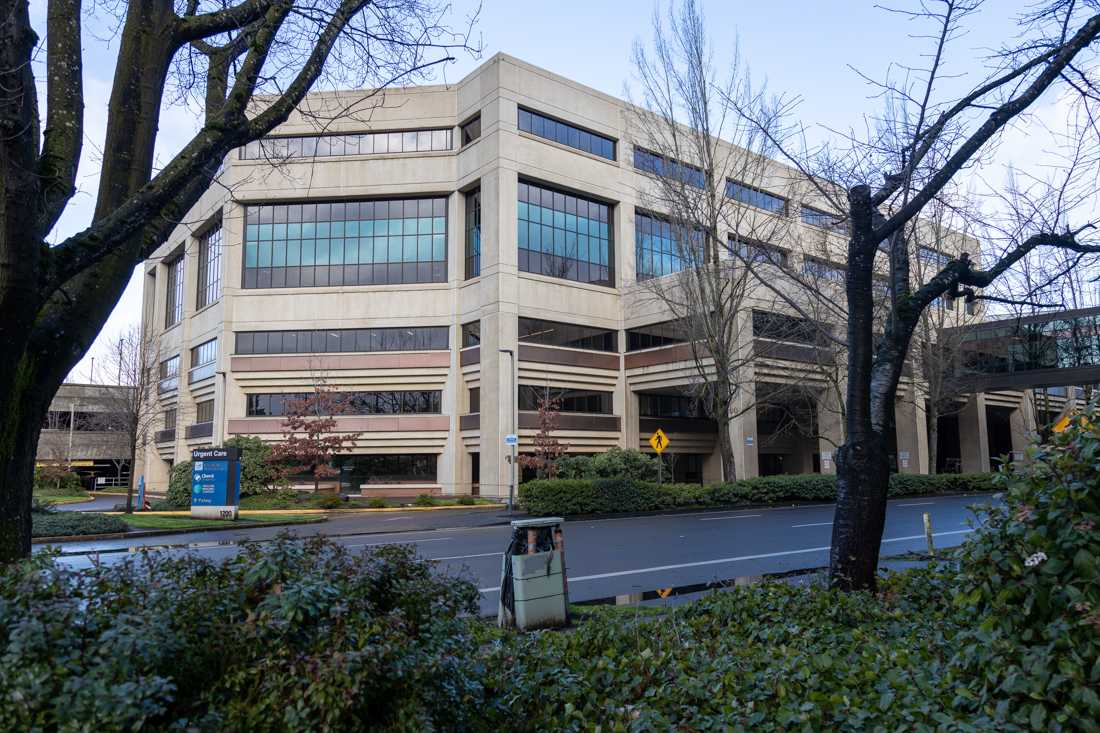
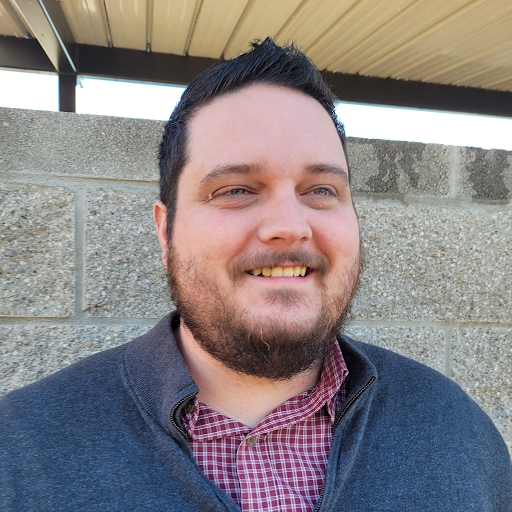
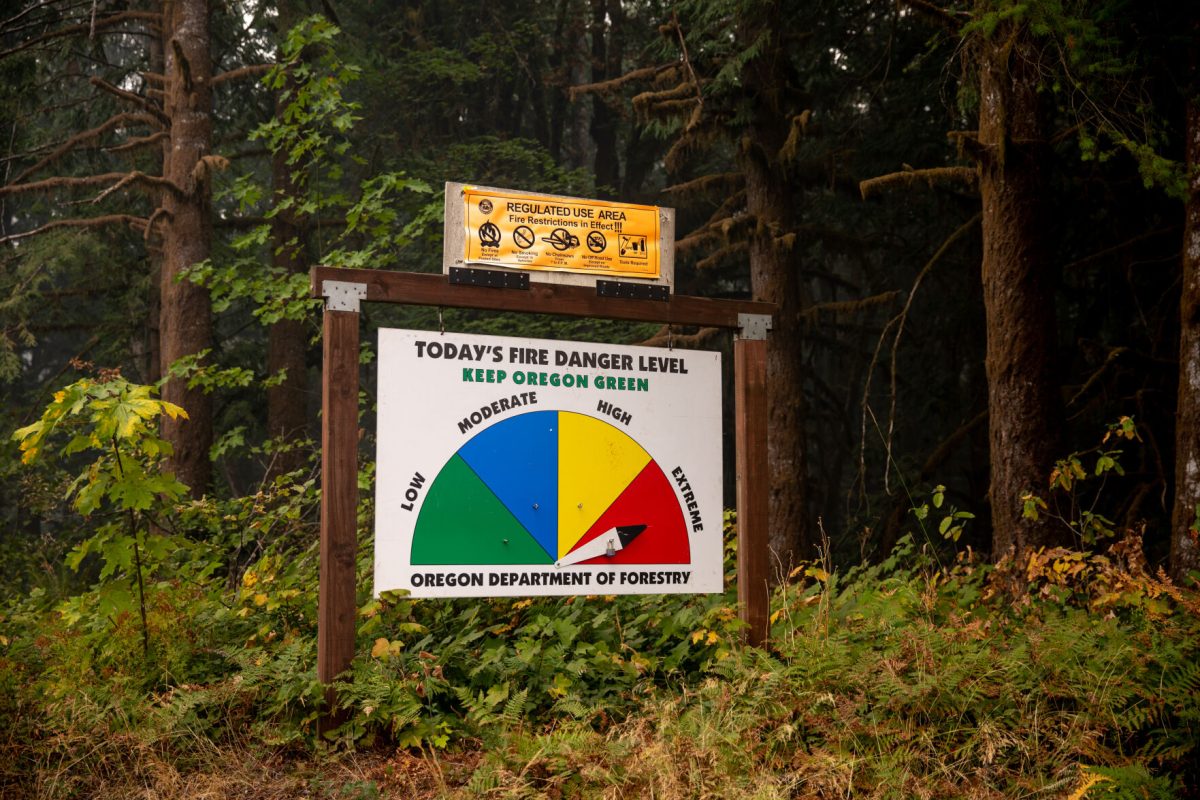
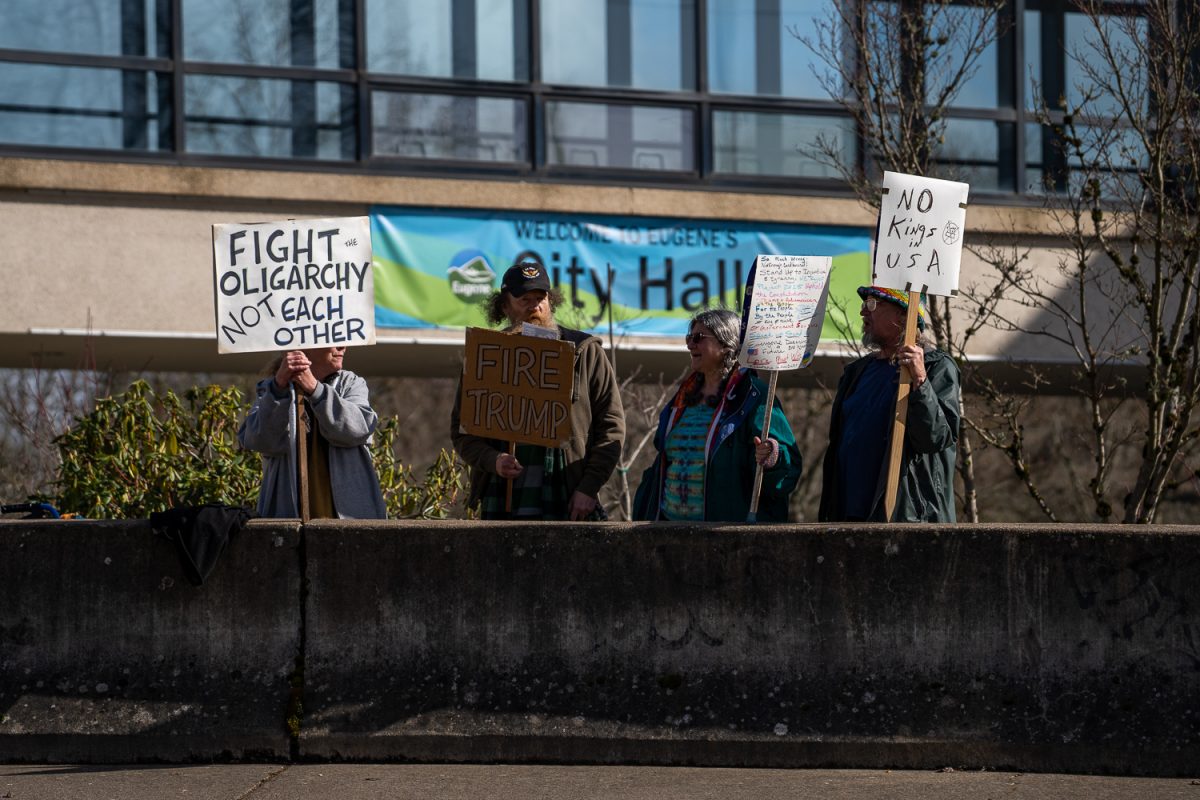
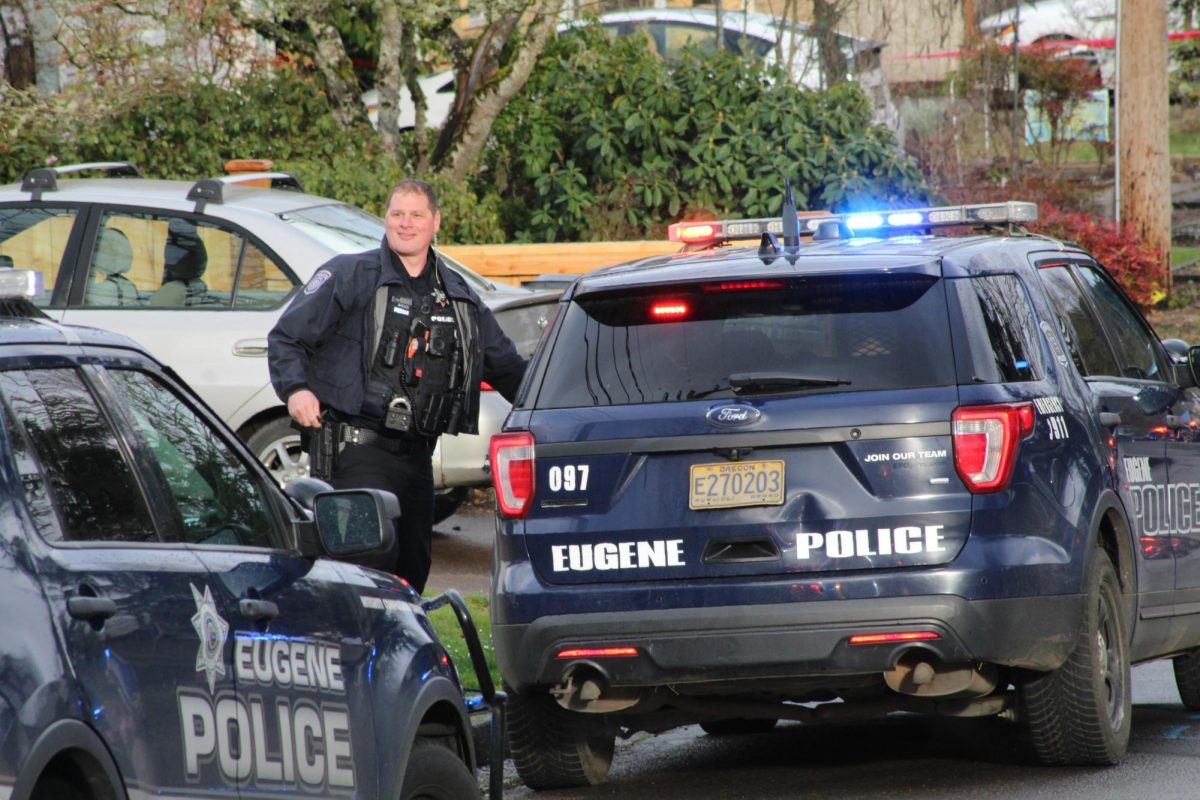
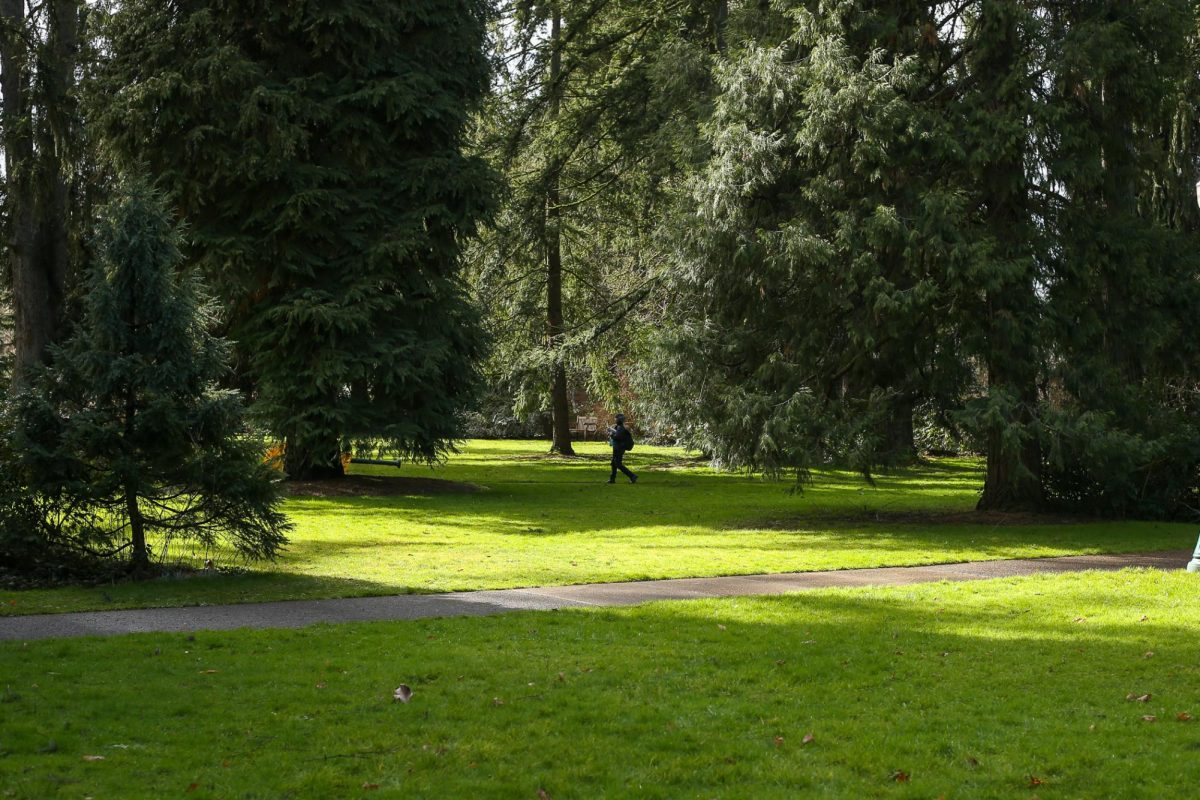





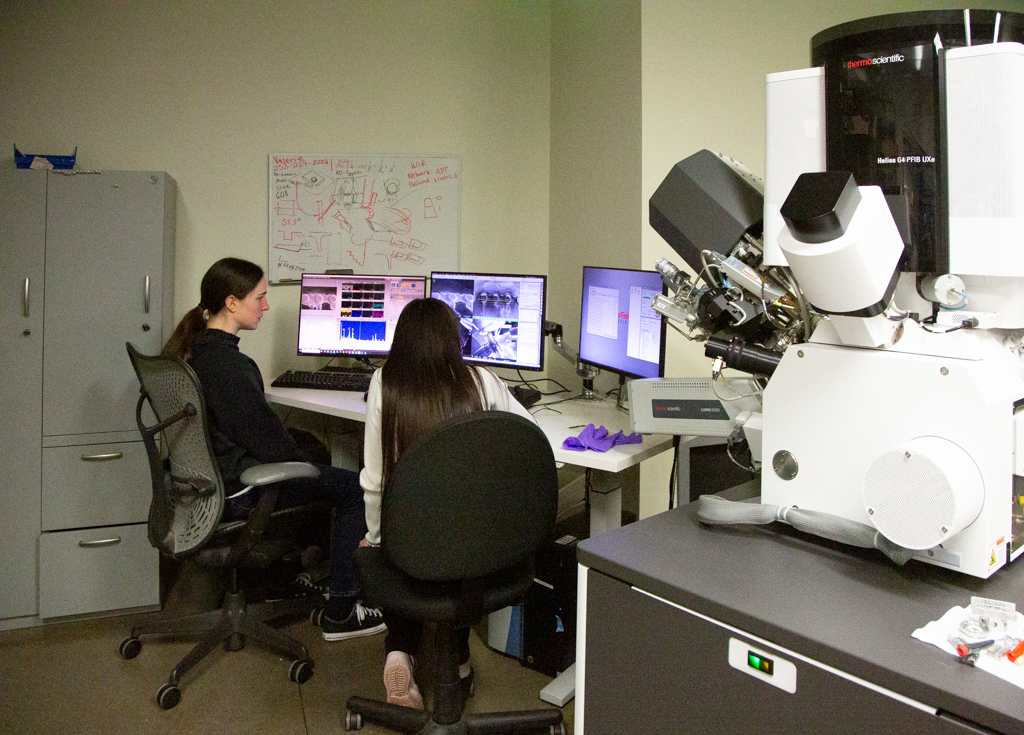

Lisa • Nov 23, 2024 at 4:31 pm
I don’t understand why they can’t do this out toward Eastern Oregon where there is land that is better suited for this??